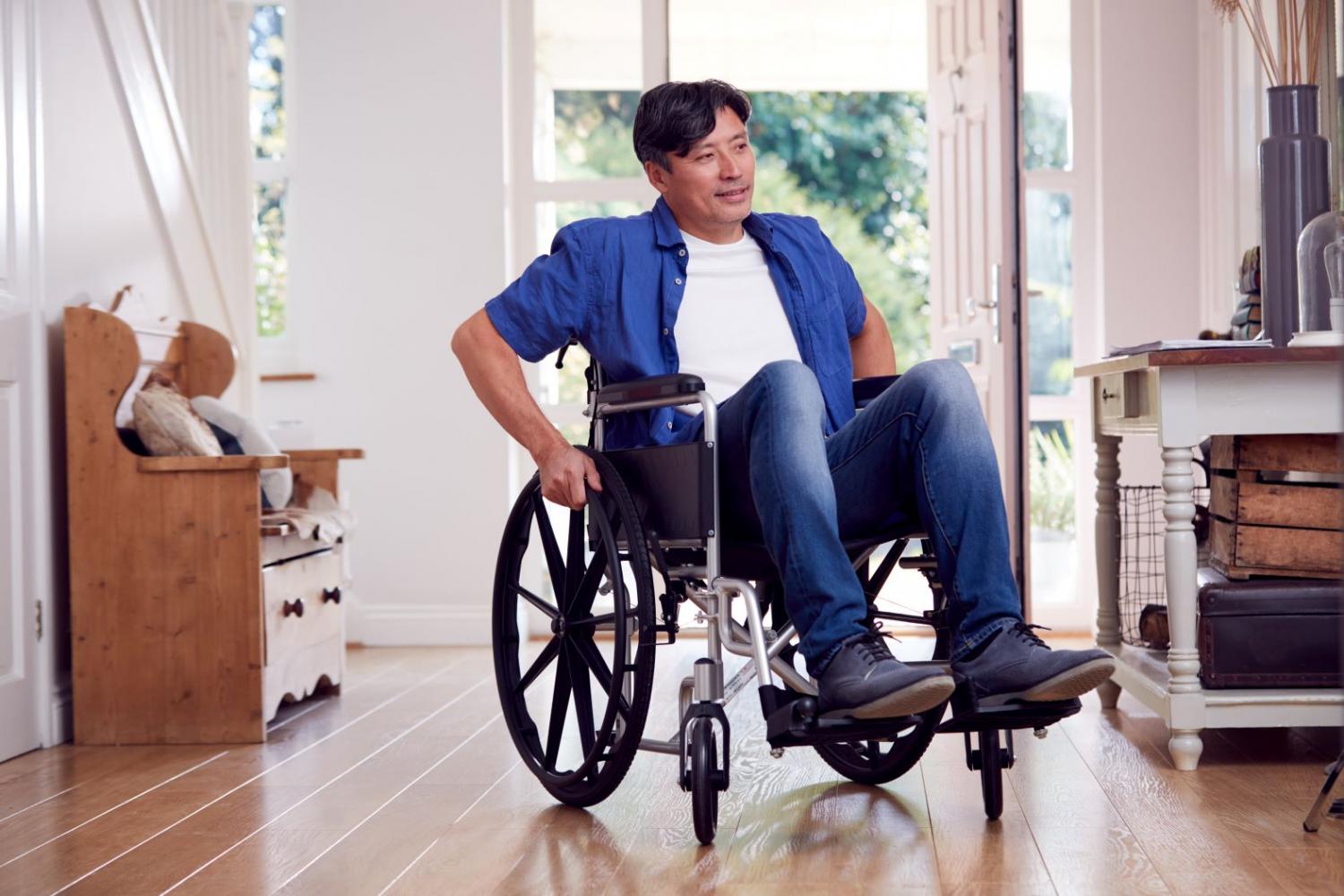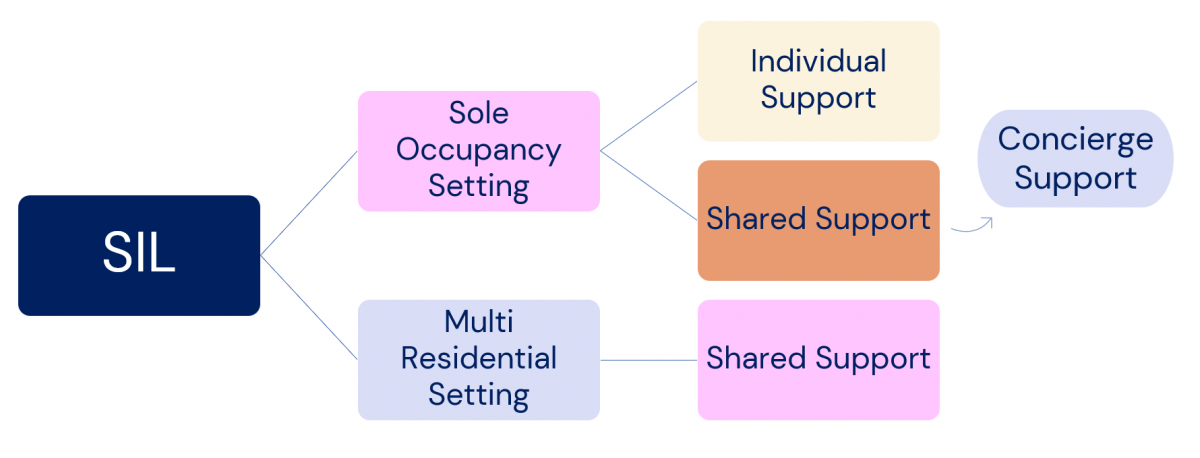
What is Supported Independent Living (SIL)?
Supported Independent Living (SIL) is a service that can be offered in a home that you own, rent, or access through Social Housing or in an SDA property.
SIL is typically funded for those who require support 24 hours per day, 7 days per week, including overnight support.
SIL is typically not received outside of the home. If you require support outside of the home, this is usually provided through another service for community participation.
SIL may be suitable for you if you require both:
- active disability support for more than 8 hours per day to complete daily activities in the home
- some level of support for the other remaining hours, including overnight.
Overnight support may be active, where greater than two hours of direct assistance is necessary.
Inactive or sleepover support involves less than two hours of assistance provided to you.
Your SIL supports are set up in a Roster of Care related directly to your needs in line with your spinal cord injury.
A Roster of Care is an NDIS template that specifies the ratio of support you require across each day of the week and the cost of this support.
This is for the SIL provider to complete once SIL funding has been approved in your NDIS plan.
What is a SIL Model of Care?
There are different models of care in which SIL can be provided:

Supported Independent Living in Sole Occupancy Setting
Individual Support in a Sole Occupancy Setting
SIL can be provided to you in a sole-occupancy setting. This means you can live alone and access a SIL service.
In your SIL Roster of Care, you may have some periods where your support needs are increased (i.e. in the morning and evenings), and some periods where SIL support is not required (i.e. you are at work or day program).
Under this model of care, the support you receive is tailored just for you.
Shared Support in a Sole Occupancy Setting
Concierge support is an alternative model of care for people with spinal cord injuries to receive their SIL support.
Concierge support is arranged typically for participants who live in individual SDA dwellings, such as an apartment, within the same setting, i.e. apartment building or complex.
Concierge support staff are set up in an office near the SDA residences occupied by NDIS participants. The office is staffed 24/7 to provide residents with support.
Drop in support is available to residents on a needs basis, or for scheduled supports as arranged by yourself and the SIL provider.
Concierge support may be particularly beneficial to you if you don’t want or need direct support at all times within your home, but require the availability of support at all times. This may be to assist with non-scheduled or incidental tasks that may occur throughout the day and night, such as toileting.
Supported Independent Living in Multi-Residential Setting
SIL can also be provided in a multi-residential setting.
This means support is shared across several participants who live together in a shared accommodation setting.
There can be one or more staff working at one time to support multiple residents.
Shared SIL in a multi-residential setting is provided in a house environment, where each resident has their own bedroom, and access to a shared kitchen, living room, bathrooms etc.
You have choice and control over whether you wish to live in a sole occupancy or multi-residential setting. To live alone, you will require robust evidence to establish why sole occupancy is deemed reasonable and necessary, particularly as the NDIS considers shared living to be more cost effective.
How do I know if Supported Independent Living is right for me?
SIL is typically approved for participants with higher support needs who need some level of help at home all or most of the time. As previously mentioned, this usually includes overnight support.
If SIL isn’t for you, drop-in support (available through Core Supports) is also available.
How do I find a SIL Provider in the NDIS?
You can choose who provides you with SIL once you have SIL funding approved in your NDIS plan. It is important you choose the provider that works best for you.
Need help finding a SIL provider?
Get in touch with the MyCareSpace Connections Team for assistance to find SIL services in your area and navigate the NDIS.
NDIS THERAPY FINDER - FREE SERVICE
LET US FIND YOU A SKILLED SUPPORT WORKER

